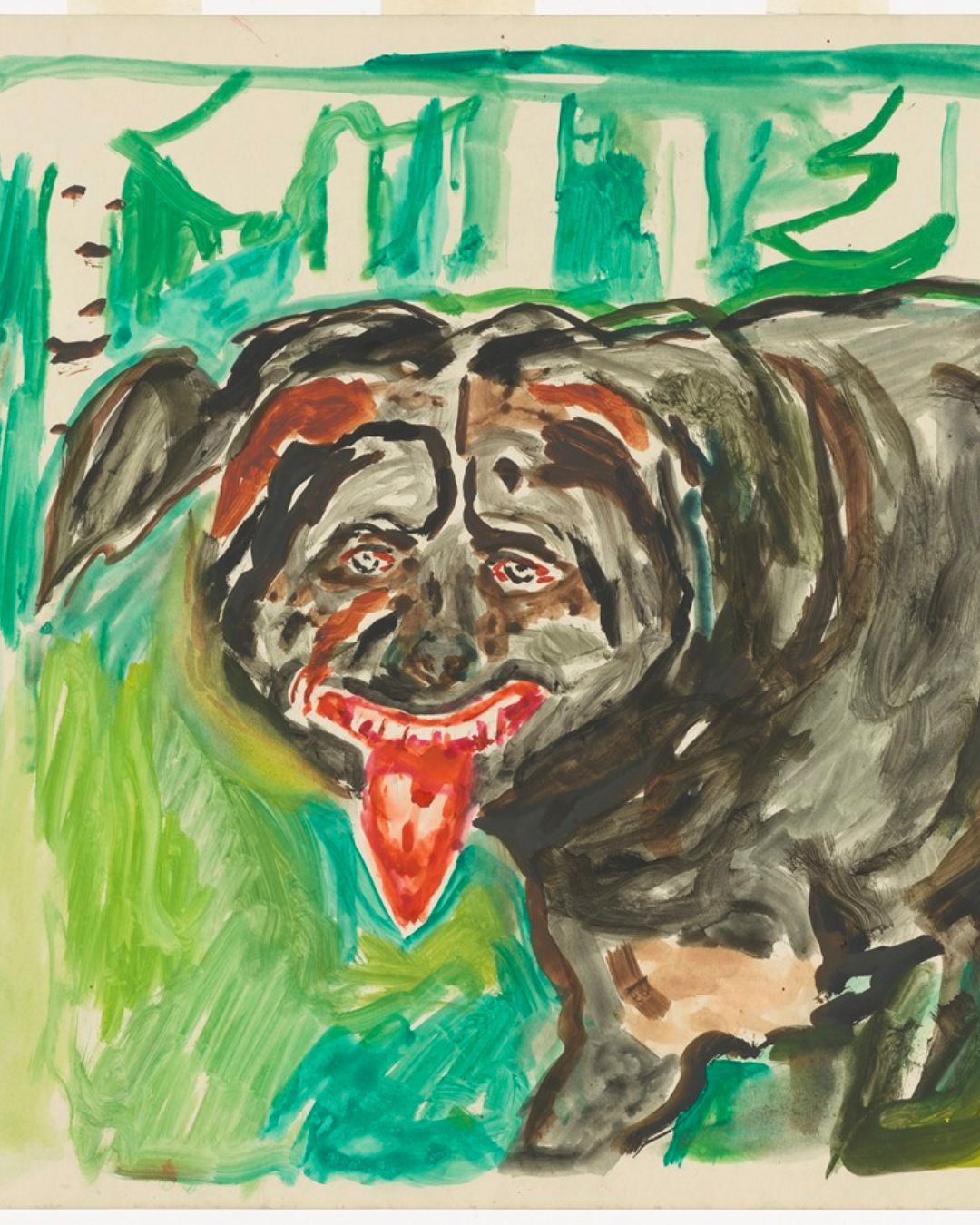The new season of The Crown is out and we’re all hooked to it. As we make our way into, what is perhaps, the most intriguing chapters in the history of the world’s favourite royal family, the show continues to serve us incredible storytelling with no corners cut in recreating the grand opulence of the royal household.
While the storyline, the acting, and the fast-paced drama have us enthralled, being the keen-eyed art lovers that we are, we couldn’t help but peek at some of the artwork on display. Like in the scene where a newlywed and bored-out-of-her-mind Diana skates through the halls of Buckingham Palace, giving us a glimpse of the ornate walls decked with artwork.
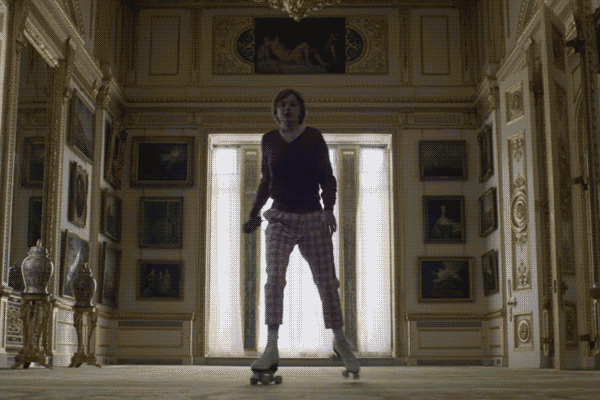
Or take the previous season where Annibale Carracci’s Allegory of Truth and Time was used as a narrative tool to compare the dynamics between the queen and her art historian (no spoilers!).
In yet another scene where the Queen meets with some bureaucrats, our attention is caught by the Canaletto that stands behind her. The blink-and-you-miss placement of the blurry painting is how you know the showmakers have gone above and beyond with their research. Canaletto is indeed said to be one of the queen’s favourite artists, so much so that she owns 50 paintings of the Venetian Master.
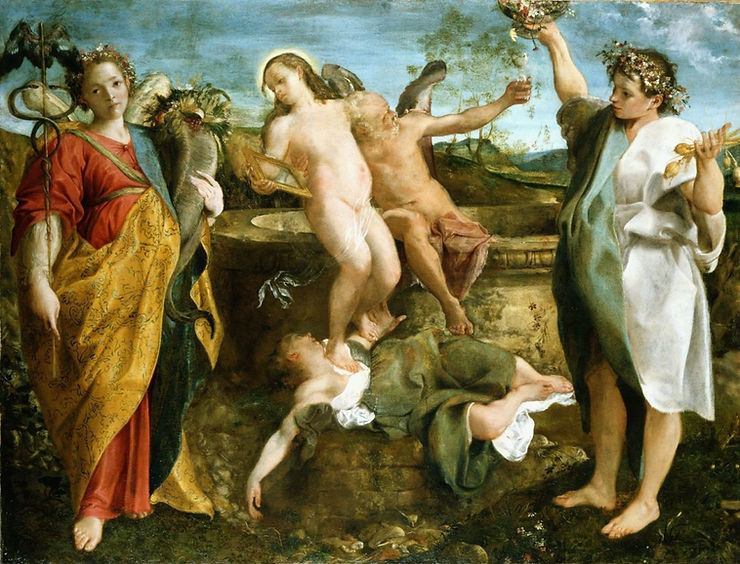
While we appreciate the glimpses the show gives us into the world’s most exciting and extensive private collection, it’s also left us wanting more. So much so that we were inspired to delve deeper into the famous Royal Collection and explore the best of all the other treasures it houses.
The task, however, was not an easy one, considering the Royal Collection includes over six hundred thousand items, spanning from artwork, jewels, textiles, and other memorabilia. Spread across the various properties of the royal family, some of it is on public display, and some you would only have the fortune of laying your eyes on if you’re born of the blue blood.
So extensive is the collection in the palace that an unaccounted Caravaggio was recently found in a storeroom of one of the palaces, after four hundred years!
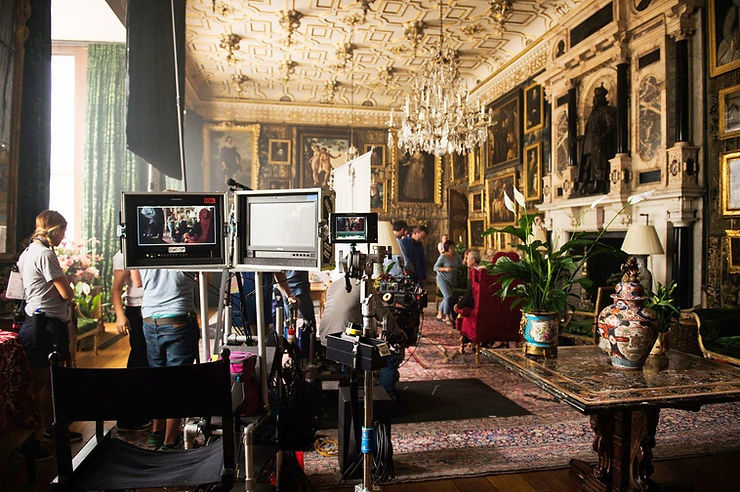
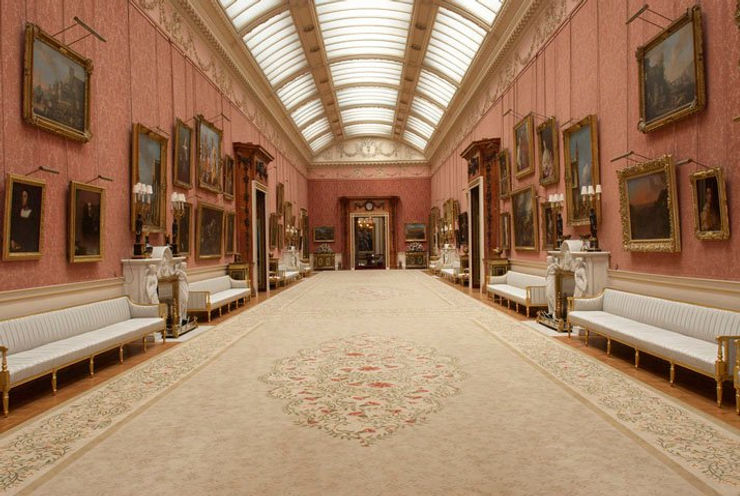
Strolling Through the Picture Gallery
Most of the artwork featured on The Crown, in this season and the last —props of the originals, of course— hang in the picture gallery of Buckingham Palace. So, here is where we begin our search. The Palace, much like the Hollywood walk-of-fame, is one of the only places in the world where you could find so many classic works of the old masters in one room.
Of the five Rembrandts in the Royal Collection —each one as captivating as the other—one canvas stands out to us. Painted during Rembrandt’s prime, The Shipbuilder and His Wife, captures the artist’s skills at its most developed and naturalistic.
To us in the 21st century, the scene may look like an ordinary domestic interaction, but for the time it was painted in, it was considered unique for its rare depiction of closeness between an upperclassman and his wife, as at the time, couples were usually painted as separate portraits. Notice the overlap of the figures, the animation in the wife’s body language suggesting urgency, and how it creates a vivid domestic scene in a cosy household.
The painting purchased by George IV in 1811 for 5,000 guineas, today would be valued in the millions but it is unlikely that this masterpiece will be put up for auction anytime soon.
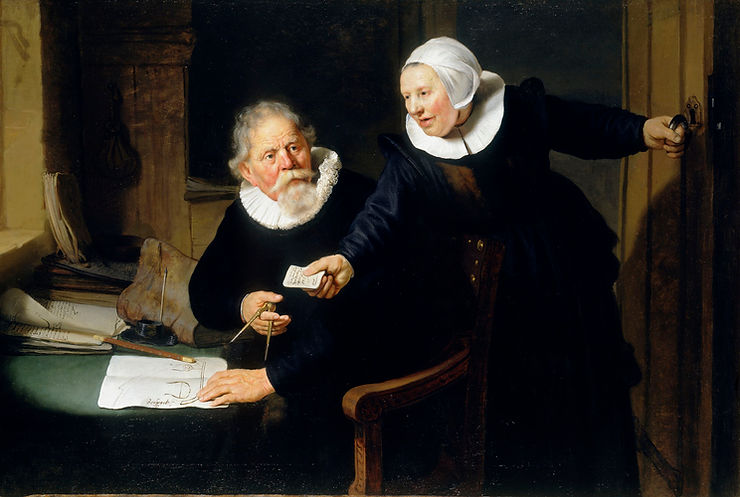
Among the rows of Rembrandts, Da Vincis, and Canalettos, hangs, perhaps the most well known painting from the Royal Collection, Vermeer’s Lady at the Virginal With a Gentleman. This coveted painting became a part of the Royal Collection in 1762 but was only discovered to be a Vermeer nearly a hundred years later.
Looking at this painting, one can’t help but feel like you’ve walked in on a scene in action, a private moment that you shouldn’t be privy to. At first glance, you may notice that the other elements that occupy the room—the heavy ornate table cloth, the bass viola, the chair, the vase— are as in focus as the central subjects, making the picture come alive like a still from a film than a painting. The ‘lady’ here sits, unconventionally, with her back to the viewer, and all you see of her face is a partial reflection in the mirror above.
Apart from the light and colour composition, and the set up of the scene itself, one can’t help but be intrigued by the mysterious nature of the relationship between the two subjects (notice how the man’s gaze is on her face, rather than her fingers on the keys).
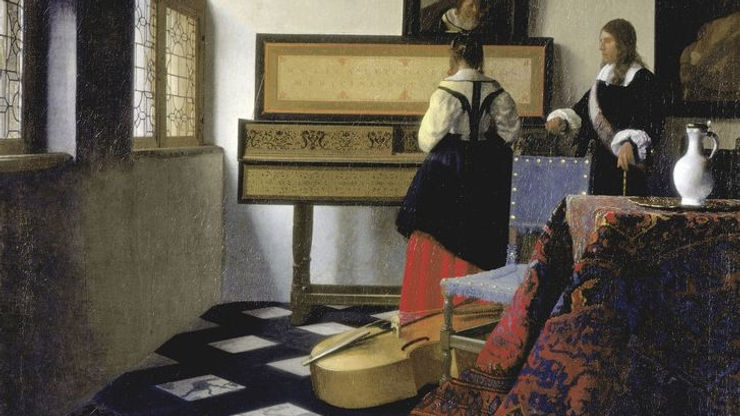
The Pandora’s Painting
In the summer of 1772, Johan Zoffany packed his bags and set off to Florence to make a painting of the Tribuna of the Uffizi, commissioned by Queen Charlotte herself.
The painting —that featured all the works displayed in the Tribuna, plus other works from the Medici collection, took nearly 5 years to complete and was greatly anticipated. And when it was finally unveiled, Zoffany was lauded for his artistic capabilities, and his great attention to the minutest of details.
But all this changed when the painting was presented to George III and Queen Charlotte. So much did the painting offend them that Zoffany never again worked for the royal family.
The painting featured some honorable members of the Tuscany Royal Family as well as unknown Englishmen scattered around, admiring the artwork in the room. Their presence crowding the room was considered so improper that the Queen refused to have the painting hang in her apartments.
Absurd codes of propriety aside, Zoffany’s skillful brushwork and his dedication to realism make this painting a sight to behold. And if you’re especially eagle eyed, you might even be able to spot Zofanny himself, peeking from behind a painting on the left, watching you watching and judging his work.
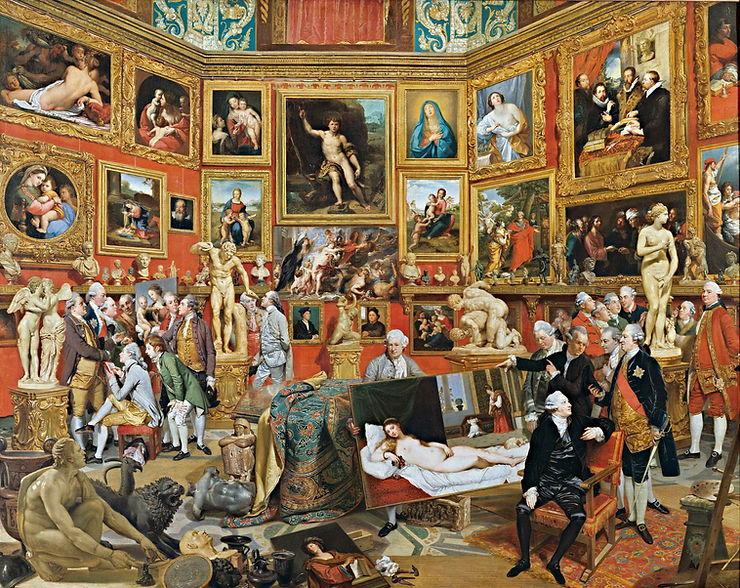
No Child’s Play: Queen Mary’s Dollhouse
Alright, this isn’t strictly ‘art’. But we couldn’t resist including this one, given that the designer, famed architect Edwin Lutyen— yes, the same one that designed the central administrative area in Delhi—proves himself very much the artist in his creation of this magnificent true-to-life replica of the Royal Palace.
The dollhouse which was the combined effort of Sir Lutyen, Princess Marie Louise and numerous artists and craftsmen from around England is a labour of love and intricate detail. So much so that it came complete with running water, electricity, a working elevator, a garage with model cars, a garden, and even actual soap and food!
The walls of the mini Palace also includes a thousand miniature paintings adorning its walls, much like the real thing. Now, that’s a dollhouse fit for the crown!
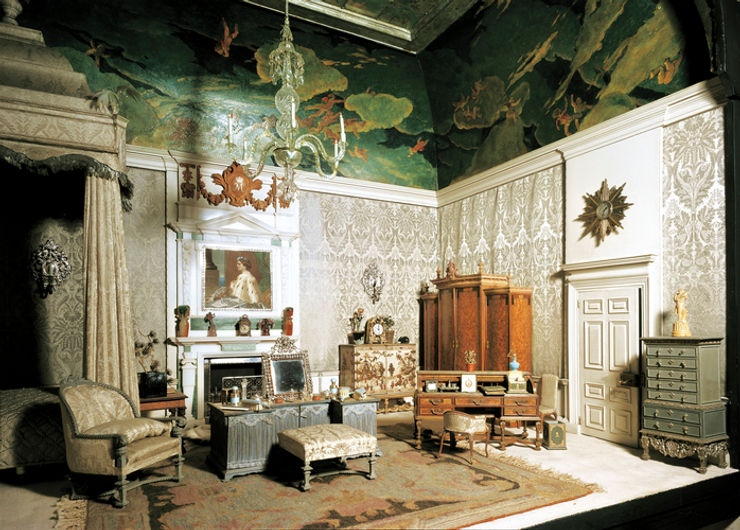
Love watching art on screen? Here is our selection of five art movies you can watch on Netflix.




